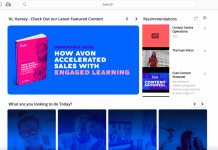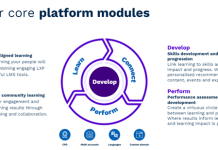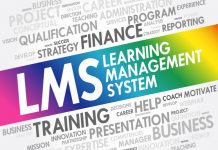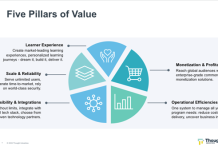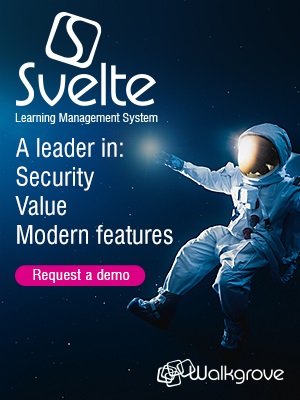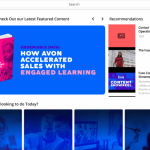I review a lot of LMS and, as we see with Pathway from WillowDNA, the clue is often in the name. So no surprises what this LMS is really all about – it creates learning pathways. The surprise to me in my review of its latest version – Pathway 3.0 – is just how well it creates learning pathways. It really is quite excellent.
The Pathway 3.0 LMS is a sophisticated solution designed for serious skills enhancement
The team at Willow have invested considerable time and effort to make Pathway 3.0 a success and in my view, it now has a substantial lead in the market in terms of design and configuration to engage with learners – especially young learners. This means just more than mobile, though it does mobile very well…
This LMS is about engagement, progressions and completions in a learner centric, personalised way.
This is an LMS about progression and supporting learners in development of their skills over a period of time. I have always boxed Pathway at the knowledge management end of the market – a sophisticated product – and while it retains its role as a knowledge management platform it really has broken out of the box to become a platform with wide reach in terms of integrations that allow learners to develop skills in a modern way. This is the bit I really like – by managing the aims of the learning in such a way that the learning is both coherent and relevant to the (modern) learner.
The Pathway LMS has been carefully thought through on many levels to build this approach. The learner is given a great deal of control and visibility of the learning programmes. The use of diagnostics to check for understanding and introduction of assessment and assessors is really important.
Learner control is set by Pathway, allowing learners to choose the level of learning they desire and then using some nice adaptive learning algorithms this desire is moderated and managed.
Pathway (and many more of us) should learn from HE that the thing that students value is feedback on their work and progress, and Pathway really does address this, giving organisations great results when feedback is used effectively.
The need for peer recognition and interaction is also addressed in the MyThreads feature. Comments, feedback and observations can be made by learners and voted up and down. Naturally close management by assessors or tutors is required, but when a cohort of learners are engaged with the course the task is not onerous.
The core competencies of this LMS (if it can have them!) is its abilities in content management and course creation, which go hand in hand. Pathway is really very good at managing learning content and learning activities.
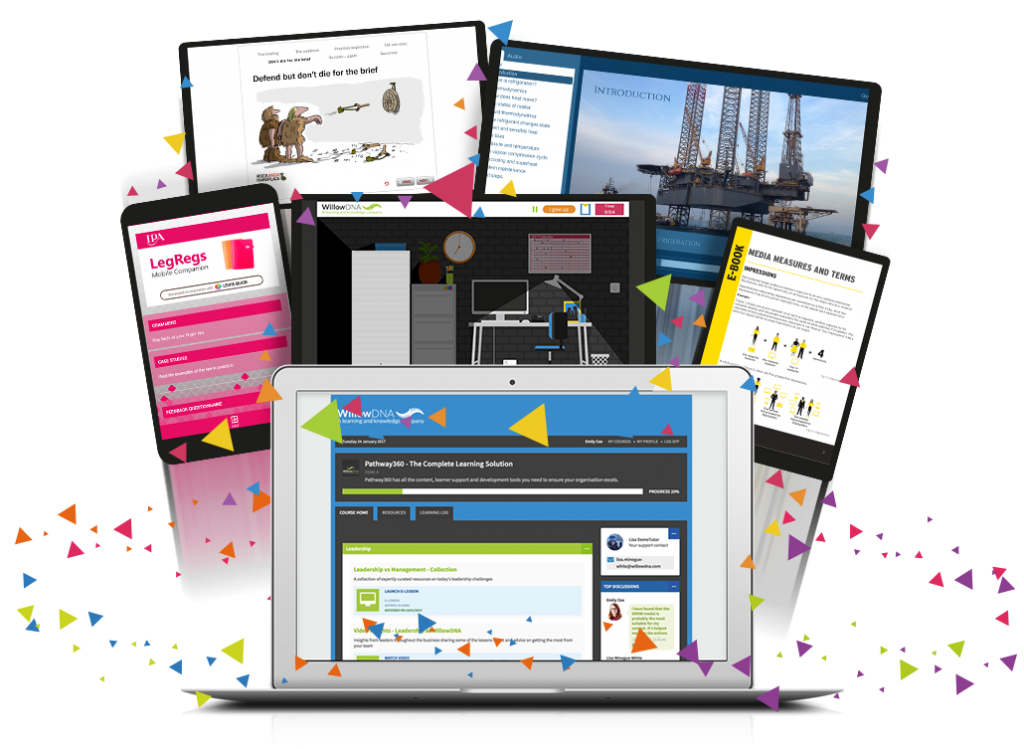
Pathway allows for the creation (and integration) of learning activities from webinars to self-directed learning and assignments along with knowledge checks (diagnostics). Pathway can handle bite sized content right through to complex lengthy learning programmes where it is particularly effective.
These materials can then be assembled into learning pathways. This learning assemblage process (which can be quite complicated) is made really quite effective by Pathway’s approach and use of templates, and by its coherent work flow triggers and adaptive learning algorithms. This is where the magic takes place.
Pathway uses questions to build engagement and determine the resonance of the learners to the course, and then dynamically define and redefine the learning pathway within the course construct.
So, this very clever content management and course creation LMS allows for adaptive learning based on diagnostics, learner feedback, progress, activities and triggers which aligns the student to the course at a personal level. In short, Pathway really does enable a meaningful personalised learning experience.
I would add that for those organisations integrating apprenticeships into their training programme, Pathway is an excellent solution. It handles formal learning scaffolds within social learning. It then adds portfolio of achievement where the learner’s assessments, including evidence-based learning, can be marked. The learner can upload pretty much any format of evidence, including documents and videos. Marker functionality is comprehensive and so is certification and End Point Assessment.
What is also particularly clever for an LMS is that these pathways can then be localised and are multi–customisable. This is very useful for large organisations where materials designed for different regions or sub regions can be rendered to the learners, depending upon their location. Not for every company, but very useful to allow learning that is for a specific locality. Multiple languages are of course supported.
Pathway has the ability to be configured to map to organisational needs, with hierarchies that are customisable and of course it can be integrated into an organisational tech stack.
In summary, Pathway is not an out of the box SaaS solution; Pathway is a sophisticated solution designed for serious skills enhancement where learning engagement and completions matter.
Learn more about the cloud-based Pathway LMS on the WillowDNA website.

David Patterson
Lead eLearning Consultant
About David
Our lead elearning consultant David Patterson is an expert in training technologies such as learning management systems, and in elearning best practices.
He has helped many public and private sector organisations across the UK, Europe and worldwide to create and deliver engaging, effective elearning.
David is joint author of several research papers including the highly acclaimed Learning Light reports on the UK elearning market.



